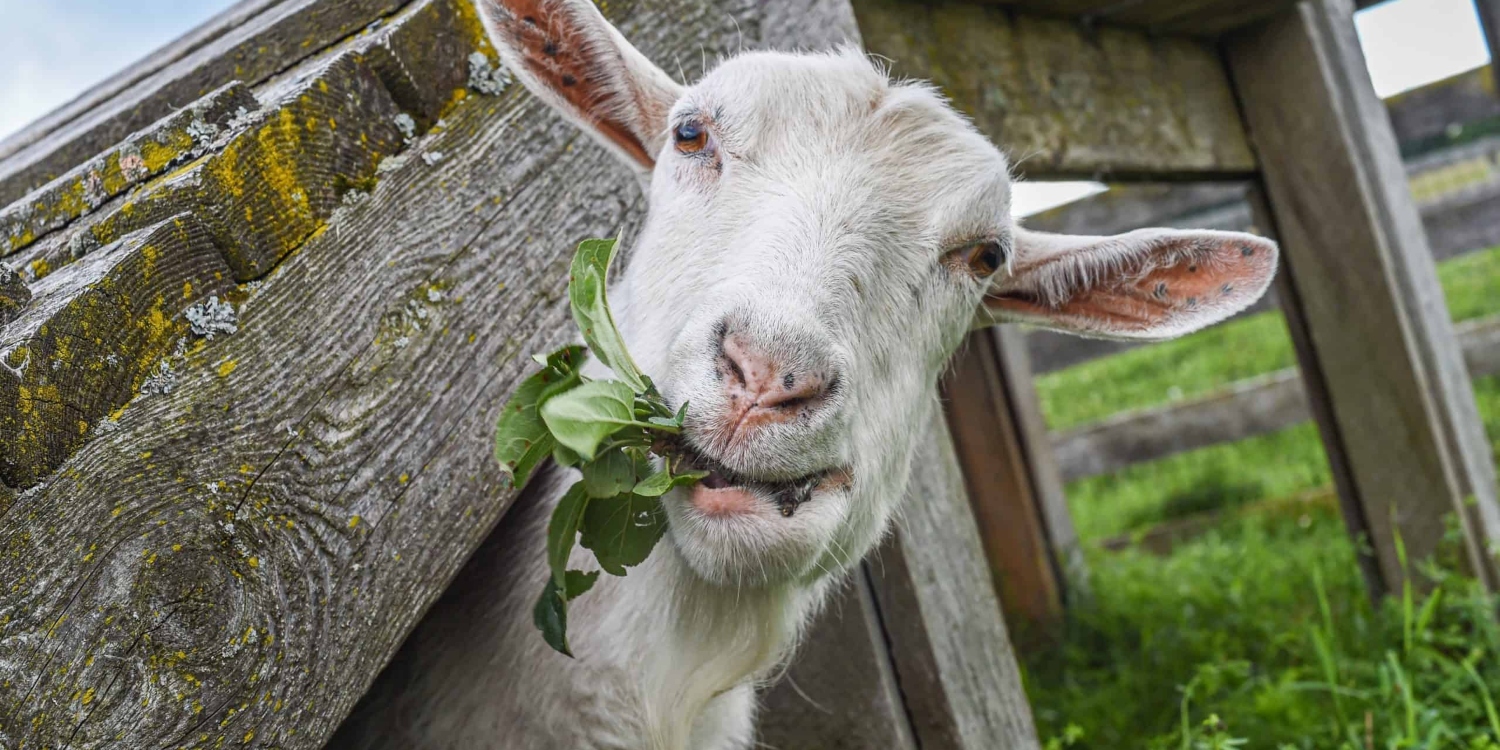Police officers from Oklahoma mistook the cries of a goat for the pleas for help of a human. Initially, the officers from Enid, Oklahoma, proceeded with caution and a measured pace as they traversed a verdant, wooded expanse on a farm, diligently attempting to ascertain the origin of distant, feeble cries.

Police Mistake a Goat for a Human
The disquieting sounds, reminiscent of pleas for assistance from a human, intensified, prompting officers David Sneed and Neal Storey to sprint towards what they believed could be an individual trapped beneath some sort of agricultural machinery. However, they were surprised to find that the distressing vocalizations were coming from a goat.
In a widely shared video posted by the police department of a city situated approximately 70 miles northwest of Oklahoma City, one of the officers said to the other that there was a person crying for help. He and his colleague were surprised to find out it was a goat that, from a long distance, sounded like a human crying for help. The police spokesperson, Cass Rains, relayed the farmer’s account, stating that there were two male goats in the barn, and when one of them was brought outside, it expressed its discontent.
Goats Often Sound Like Humans

While the police department and the town are now enjoying the tale of the rescue that wasn’t, this is far from being the only case when a goat was mistaken for a human. Sometimes, goats produce sounds that eerily resemble the screams of humans, and several factors contribute to this uncanny similarity. Firstly, it’s important to note that goats are incredibly vocal animals. They have a wide range of vocalizations to communicate with their herd members, express their emotions, and establish dominance. When goats emit loud and intense vocalizations, they often elongate their vocal cords, resulting in a strained and high-pitched sound similar to a human scream.
The resemblance between screaming goats and humans can also be attributed to the way the human brain processes and interprets sounds. Humans have a natural tendency to associate unfamiliar or ambiguous sounds with familiar patterns or references.